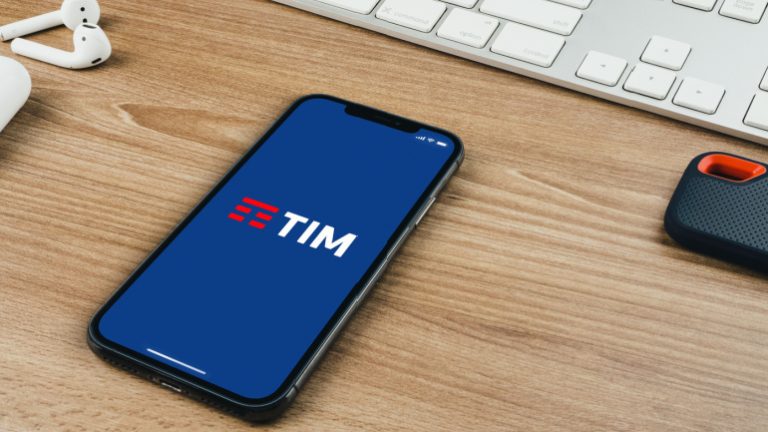
Fixed-wireless access (FWA) is gaining momentum in the consumer 5G arena, an affection that might escalate following a recent speed breakthrough. Ericsson, the Swedish manufacturer of telecom equipment, and chip producer, MediaTek, announced a record upload speed of 565 Mbps. The commendable performance is attributed to the amalgamation of two software features from Ericsson, specifically the uplink single user multiple input multiple output (SU-MIMO) and uplink carrier aggregation, along with MediaTek’s T830 chipset for 5G FWA routers and three broadcasting antennas.
The duo utilized a 2.1 GHz FDD band blended with a 3.5 GHz TDD band. Both are widely recognized 5G frequency bands. This is not the first time that Ericsson and MediaTek have teamed up to set pace-setting speeds. Earlier in May, they hit a 440-Mbps upload speed by amalgamating low-band and mid-band spectrum. In March, a record download speed of 4.36 Gbps was accomplished by merging four channels. Moving on, a significant 4.3 Gbps was realized during an experiment with Verizon in May 2021, leveraging the operator’s c-band and millimetre-wave (mmWave) spectrum.
Both Ericsson and MediaTek argued that FWA home hubs have an edge over devices like smartphones because they aren’t bound by similar power and size constraints, giving them capacity for more antennas and power.
The viewpoint that the importance of upload speed in broadband is secondary to download speed, considering that most data traffic flows downstream, is gradually becoming less impactful. Online gaming, which mandates a speedy, low-latency uplink connection, continues its consistent growth. Hefty, high-definition user-generated video files will also take advantage of sprightly upload speeds, as will other applications such as interactive live streaming, cloud storage, and video conferencing, which all burden uplink throughput. Hence, broadband consumers are equally becoming broadband data creators.
This trend is partly why there is anticipation over the advent of XGS-PON in the fixed-line spectrum because this will enable fibre networks to offer symmetric download and upload speeds. Mobile must rise to the occasion, and this includes FWA, now seen as a viable alternative to fixed-line broadband, thanks to 5G.
“Using this latest solution, fixed wireless access subscribers, consumers and businesses alike, can leverage higher upload speeds for data-intensive applications such as cloud gaming and extended reality,” said Sibel Tombaz, the head of product line 5G RAN at Ericsson, recently.
“Uplink performance enhancement is a vital advantage for 5G FWA devices used by businesses. This technological breakthrough will further strengthen the superiority of 5G CPE (customer premises equipment) over line-based broadband services,” added HC Hwang, general manager of wireless communication system and partnership at MediaTek. “Our partnership with Ericsson has verified our combined technical expertise to surpass previous limits, refining network performance and efficiency, paving the way for service providers and consumers to experience faster and more reliable 5G data services.”




